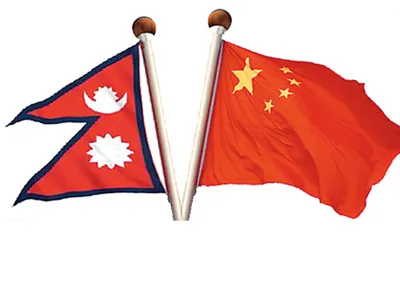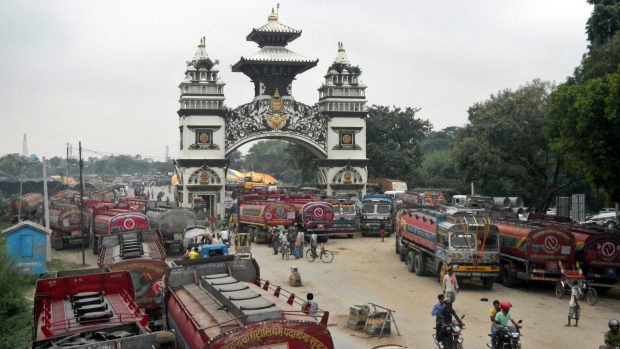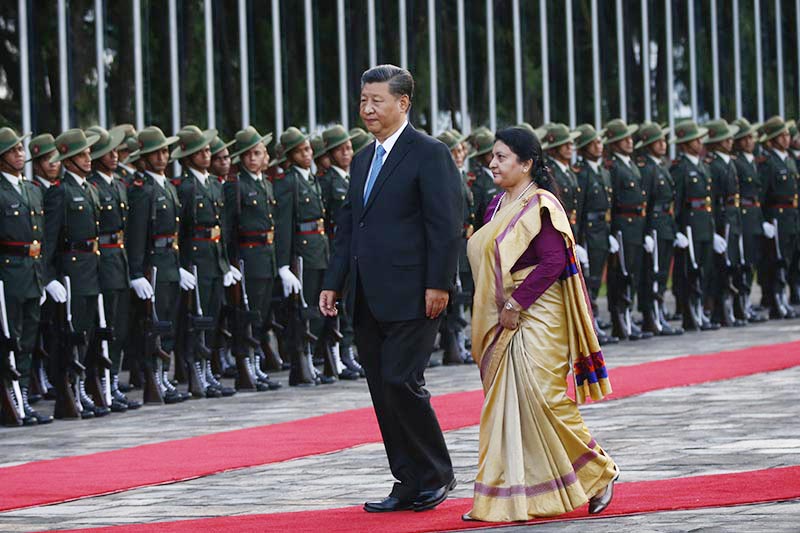How China and Nepal are interrelated among each other?
China and Nepal share a multifaceted relationship that encompasses historical, cultural, economic, and strategic dimensions. As neighbors, their interactions have evolved significantly over the centuries, shaped by geographical proximity, shared cultural heritage, and changing geopolitical dynamics. This essay delves into the various aspects of their interrelation, highlighting the depth and breadth of Sino-Nepalese ties.
Historical and Cultural Connections
Ancient and Medieval Periods
The historical connection between China and Nepal dates back to ancient times. One of the earliest recorded interactions occurred during the Tang Dynasty (618-907 AD) when Nepalese craftsmen were invited to China to assist in the construction of the Famen Temple. Similarly, during the Licchavi period in Nepal (circa 400-750 AD), Chinese travelers and monks such as Xuanzang visited Nepal and documented their experiences, indicating a robust exchange of ideas and culture.
Buddhism as a Cultural Bridge
Buddhism has been a significant cultural bridge between the two countries. The transmission of Buddhism from India to Tibet, and subsequently to China, often involved routes through Nepal. Nepalese artisans played a crucial role in the development of Tibetan Buddhism, particularly through the construction of stupas and monasteries. The famous Boudhanath Stupa in Kathmandu is a testament to this enduring religious and cultural linkage.
Economic Relations
Trade and Commerce
Historically, Nepal served as a transit point for trade between China and the Indian subcontinent. The trans-Himalayan trade routes facilitated the exchange of goods such as wool, salt, gold, and spices. In contemporary times, economic relations have expanded significantly. China has emerged as one of Nepal’s largest trading partners. Bilateral trade has grown steadily, with China exporting machinery, electronics, and textiles to Nepal, while Nepal exports carpets, agricultural products, and handicrafts to China.
Investment and Infrastructure Development
Chinese investment in Nepal has surged in recent years, particularly in infrastructure development. The Belt and Road Initiative (BRI) has been a cornerstone of China’s engagement with Nepal. Under the BRI framework, China has financed and constructed various infrastructure projects, including roads, hydropower plants, and airports. The development of the Kathmandu-Kyirong road and the proposed railway linking Kathmandu with Lhasa are significant milestones in enhancing connectivity between the two countries.
Political and Strategic Relations Diplomatic Ties
Diplomatic relations between China and Nepal were formally established in 1955. Since then, the two countries have maintained a friendly and cooperative relationship. Nepal adheres to the One-China policy, recognizing Tibet and Taiwan as integral parts of China. This stance is crucial for China, which values Nepal’s support on these sensitive issues.
Strategic Importance
Nepal’s strategic location, nestled between China and India, makes it an important player in regional geopolitics. China views Nepal as a crucial partner in its efforts to counterbalance India’s influence in South Asia. Conversely, Nepal seeks to leverage its relationship with China to diversify its foreign relations and reduce dependency on India. The strategic partnership involves cooperation in various sectors, including defense, where China has provided military assistance and training to the Nepalese Army.
Cultural and Educational Exchanges
People-to-People Ties
Cultural exchanges between China and Nepal have been fostered through various initiatives, including student exchange programs, cultural festivals, and tourism. Thousands of Nepalese students pursue higher education in China, particularly in the fields of medicine and engineering. Additionally, Chinese language and culture are promoted in Nepal through Confucius Institutes and Chinese cultural centers.
Tourism
Tourism is another significant aspect of their bilateral relations. Nepal, with its rich cultural heritage and natural beauty, attracts a growing number of Chinese tourists. The direct flights between major cities in China and Nepal have facilitated this influx. The promotion of tourism is mutually beneficial, contributing to Nepal’s economy and fostering greater understanding between the peoples of both countries.
Challenges and Opportunities
Border Management
One of the challenges in Sino-Nepalese relations is the management of their shared border. The Himalayan terrain poses logistical challenges for infrastructure development and border security. However, both countries have cooperated to address these issues, conducting joint border inspections and working towards better connectivity.
Economic Imbalance
Despite the growth in trade and investment, there is an economic imbalance in favor of China. Nepal’s trade deficit with China is substantial, and there is a need for strategies to make trade more balanced. Nepal seeks more access to the Chinese market for its products and aims to attract more Chinese investment in diverse sectors.
Regional Stability
Nepal’s foreign policy of balancing relations with both China and India can sometimes be challenging. Regional stability is crucial for Nepal’s development, and it must navigate its relations with its two giant neighbors carefully. The Sino-Indian rivalry, especially in the context of border disputes and geopolitical competition, places Nepal in a delicate position. However, Nepal also sees this as an opportunity to act as a bridge for dialogue and cooperation between China and India.
Future Prospects
Enhanced Connectivity
Future prospects for China-Nepal relations look promising, particularly in terms of enhanced connectivity. The proposed Trans-Himalayan Multi-Dimensional Connectivity Network under the BRI is expected to further integrate Nepal into regional and global economic networks. The completion of the railway project connecting Kathmandu and Lhasa will be a game-changer, significantly reducing travel time and boosting trade and tourism.
Sustainable Development
China’s involvement in Nepal’s infrastructure development is poised to contribute to the latter’s sustainable development goals. Projects in renewable energy, particularly hydropower, are key areas of collaboration. Additionally, China’s experience in poverty alleviation and rural development can offer valuable lessons and support to Nepal in addressing its developmental challenges.
Strengthening Soft Power
The deepening of cultural and educational exchanges will strengthen people-to-people ties and enhance mutual understanding. As more Nepalese students study in China and more Chinese tourists visit Nepal, the interpersonal connections will foster a deeper appreciation of each other’s culture and society. Furthermore, collaborations in areas such as arts, sports, and academia will enrich the cultural fabric of both nations.
Conclusion
The relationship between China and Nepal is multifaceted and dynamic, rooted in a shared history and evolving through economic, political, and cultural interactions. As both countries navigate the complexities of regional and global geopolitics, their partnership is likely to deepen, driven by mutual interests and shared aspirations for development and stability. The path ahead promises opportunities for greater connectivity, cooperation in sustainable development, and strengthening of soft power ties, ensuring that Sino-Nepalese relations continue to flourish in the years to come.




